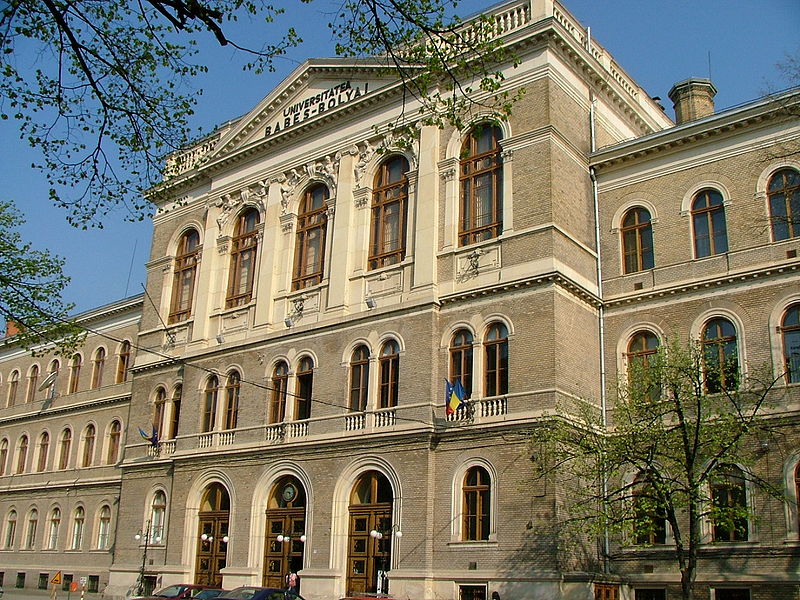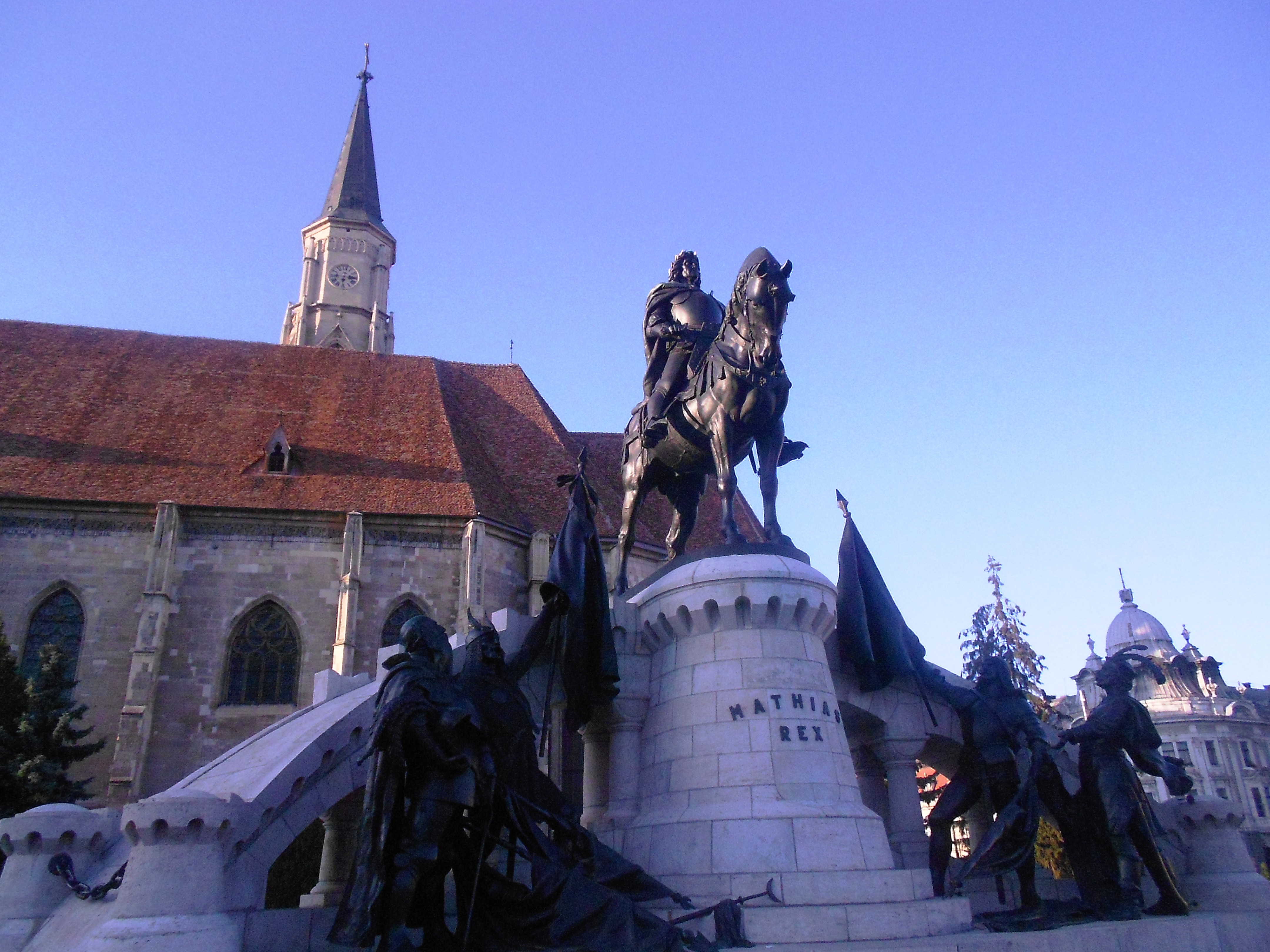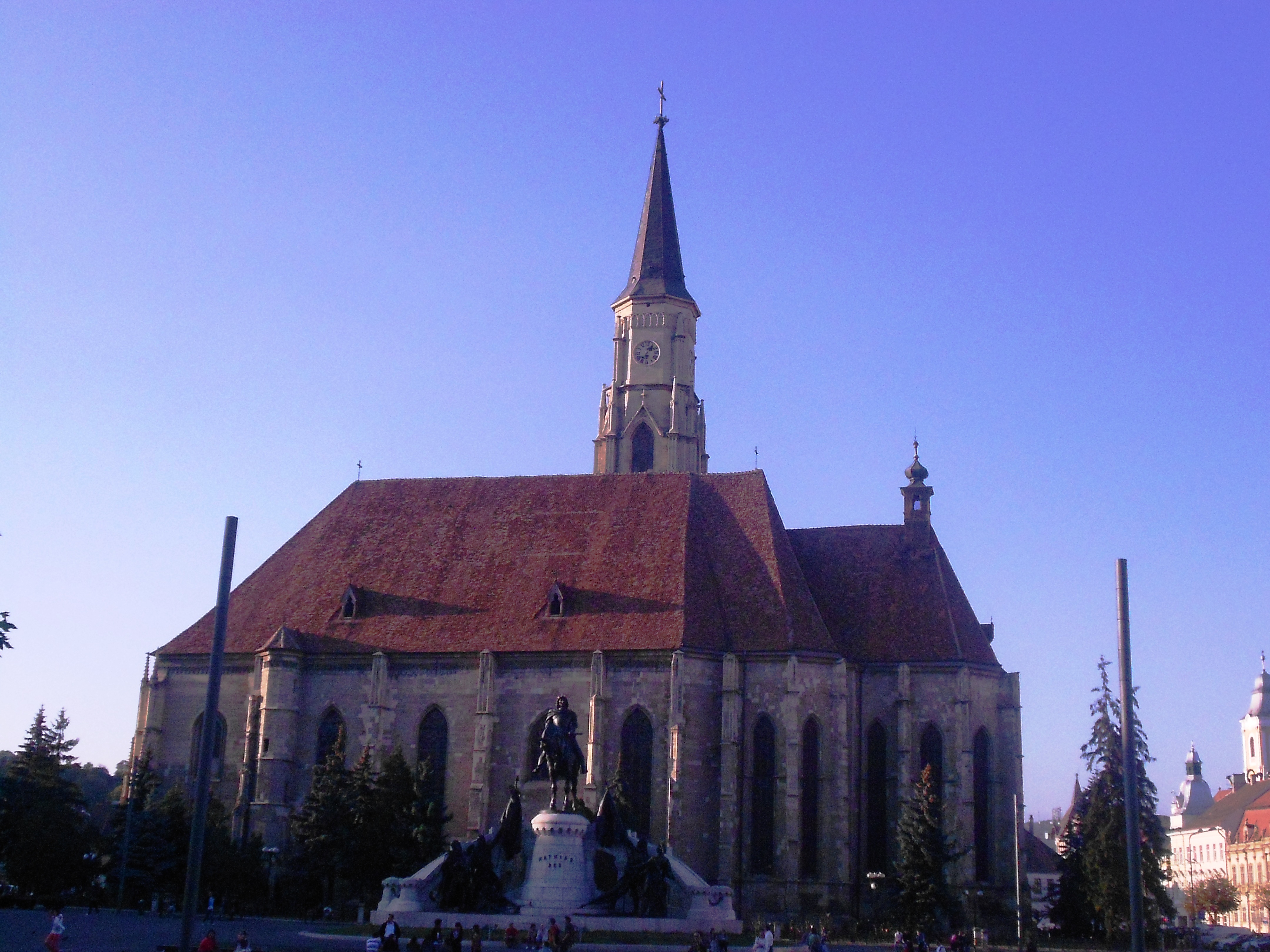I am besieged by books at home. I always keep several volumes within easy reach. As I have gotten older, my library has grown to alarming size. I have long since realized that there is no way I will read every one of the books I own. From time to time, I cull the volumes hoping that I can make reading them more manageable. This only lasts as long as the next library book sale. After which, I return home with another armful of books. These get stacked atop all the other books already piled on the shelf. The hundreds of thousands of pages still to be read are a daunting task, but I also see them as an opportunity.
My strategy is not to read each book I own from cover to cover. Instead, most of my library is filled with books I use for research. Some of this involves the obvious such as tracking down information about specific places of interest or double checking to make sure certain details are correct. This is essential for research and writing, but the real reason I own so many books is because I love searching for anecdotes and stories. There is nothing I love more than absurd, obscure, and unbelievable stories that showcase people and places in a strange but true manner. When I open a book, my journey starts with either the table of contents or index, looking for any subject heading that might stimulate my interest. I found one of my all-time favorites in Richard Basset’s “A Guide To Central Europe.”

Primary source – Transylvania by Richard Bassett
Buy The Book – A Well-Respected Recommendation
The first time I saw Bassett’s guide was in Budapest on a table in the apartment of Michael O’Sullivan, the erudite and well-respected author. O’Sullivan has an incredible knowledge of Central and Eastern Europe which he conveys with elegance in conversation. He has lived and traveled in the region for many decades. When I met him, it was only a few months after the publication of “Patrick Leigh Fermor: Noble Encounters Between Budapest and Transylvania”, his work of history/travel that follows in the footsteps of Fermor’s legendary journey across Hungary and Romania on foot in 1934. That journey is the subject of Fermor’s marvelous “Between The Woods and The Water” which offers a fascinating account of the Hungarian aristocracy’s fading world just before it was extinguished by the Second World War.
When I picked up Basset’s book, O’Sullivan asked me, “Have you read it?” After I replied no, he said, “It is excellent.” That was enough of a recommendation for me. O’Sullivan knew Bassett well. Both had been foreign correspondents in Vienna. They knew the region long before the Iron Curtain fell. I asked O’Sullivan if I could take a photo of the book. He politely agreed to my request. The photo would allow me to remember the book so I could order a copy for myself. Before I flew back home, I had already ordered the book so it would be waiting for me upon arrival.

A look back – A Guide To Central Europe by Richard Bassett
Primary Sources – Old World Journalism
Like so many books I buy based on intuition, I spent a few minutes perusing “A Guide To Central Europe”, then placed it on a shelf facing my favorite chair. That way I would notice it at some later date. Only then would I really begin to delve into the book more deeply. I found several things I liked from a quick scan of the text. Basset’s book was not a typical travel guide. Instead, he wrote in a narrative style about various regions in Central and Eastern Europe. As a reader, I felt like I was right there beside him throughout his travels. Since Bassett was a journalist, his writing was easy to read and highly accessible. He knew how to relate details in an intriguing manner with a gift for enlightening and colorful anecdotes. This was old world journalism at its finest. My first impressions would be lasting ones.
When I finally plucked the book from my shelf, the chapter that most interested me was the one on Transylvania. The book had been published in 1985. That meant Bassett had visited the region during the worst years of the Ceausescu regime. This was a rarity. Snooping foreign journalists were viewed with feverish disdain in Cold War era Romania. Travelers from west of the Iron Curtain were not welcomed. Those who did make it into the country were under the ever-watchful gaze of the Securitate, the Romanian secret police that spied on anything that moved. Bassett managed to visit Transylvania with the eyes of a tourist despite the restrictive nature of travel. His observations in the guide are a valuable primary source historical document. They can also be unintentionally hilarious, particularly in one absurd case.

Gray days – Cluj in 1989 (Credit: Fortepan.hu)
Theater of the Absurd – Machine Guns & Elegant Ladies
Ceausescu-era Cluj was not the prosperous, cosmopolitan city that is Transylvania’s commercial capital of today. In the mid-1980’s, Cluj was marked by hints of former grandeur and tight-lipped people. The world Bassett stepped into was in the iron grip of authoritarianism. This pervaded every aspect of life. Arts and culture were particularly susceptible to the regime’s trends and whims as Basset relates on a visit to the Opera. The façade of the building – “a delightful Helmer and Fellner essay in Neo-Baroque, has recently been restored” – gives no hint to Bassett of the performance he will witness inside. Basett notes with characteristic understatement that “Occasionally the operas are political in theme.” He then provides an unforgettable example. “I remember one extraordinary work, the magnum opus of some Romanian revolutionary leader, resounding to the sound of machine guns and partisan massacres. The Romanian audience, which numbered less than a dozen and were easily outnumbered by the combined forces of cast and orchestra, were a colorful lot with several elegant ladies wearing hats in their boxes, adopting stiff poses redolent of an Olivia Manning novel.”
Reading that, I did not know what was better, the machine guns or the elegant ladies. The former was full of ridiculous revolutionary ferocity, the latter an astonishing example of old-world charm gone mad in the face of modernity. The partisan massacres must have been good fun for the white glove set. The empty seats show that even in a tightly controlled society everyone knew the regime staged farces to further destroy their meager creditability. Basset’s description was priceless, though I doubt he paid more than a few lei for his night at the opera, and the opportunity to witness one of the more absurd moments in a regime full of them. Bassett’s “A Guide To Central Europe” is a trove of travel anecdotes. I look forward to many more evenings traveling with him.
Click here for: Another Side of Sibiu – The Many Faces of Transylvania (Rendezvous With An Obscure Destiny #70)



